Recently, Lego announced that it will launch a series of plant-based building blocks to reduce plastic pollution. The first batch of plant-based LEGO products are expected to be officially released later this year.
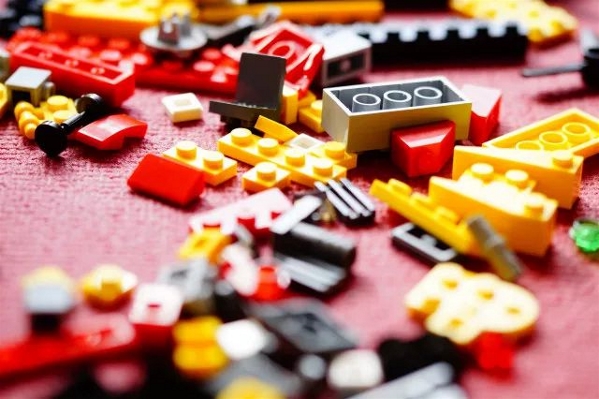
01 Not simple toys
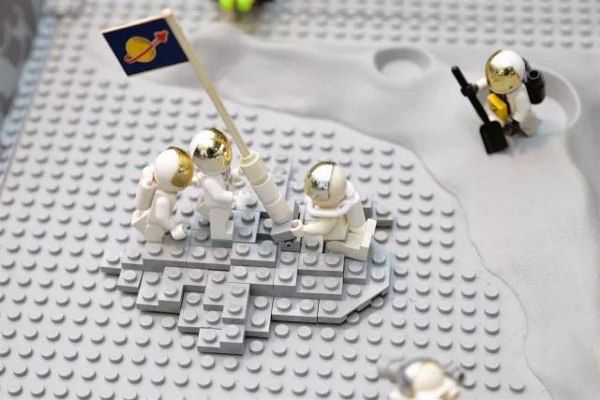
In 1932, Lego was founded in Denmark. The word "Lego" is derived from Denmark and means "good fun."
Lego, which has developed for 85 years, has become the world's number one toy manufacturer by a block. More than 600 billion blocks have been sold today.
In addition to building blocks, LEGO has other derivatives, such as movies, games, theme parks and so on. Among them, the LEGO theme park has 11 Lego theme park projects around the world, located in Denmark, the United States, Japan, Malaysia and other places, attracting 60 million visitors every year.
At the same time Lego developed rapidly, the company had a small crack.
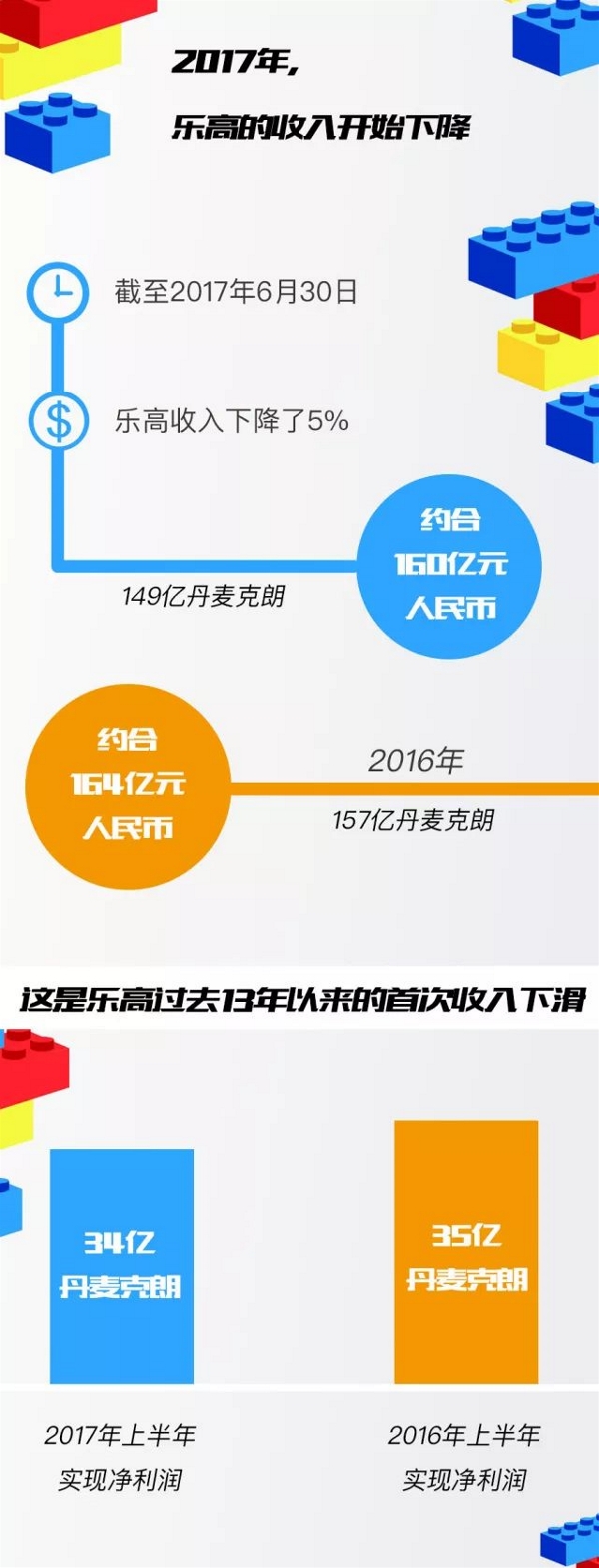
Not only that, but Lego also announced that in order to accommodate the slowdown in growth, 1400 jobs will be abolished globally by the end of 2017, accounting for about 8% of the company's total workforce.
Although LEGO's economic development has become a major challenge, it may not be a big deal for LEGO because they have more ambitious ambitions: environmentally friendly plastics.
Since 1963, most of Lego's building blocks have been made from ABS plastics that have been born out of petrochemicals, and only a small part is made of traditional polyethylene plastic. This year, Lego will purchase the international non-profit Bonsucro-certified sugar cane, which will be extracted from ethanol to make soft, durable, and flexible polyethylene plastics that will be used to produce LEGO plant elements such as leaves and shrubs. tree.
By replacing the soft plant and shrub building materials in toys with plant materials, Lego has a long way to go.
02 LEGO's plan
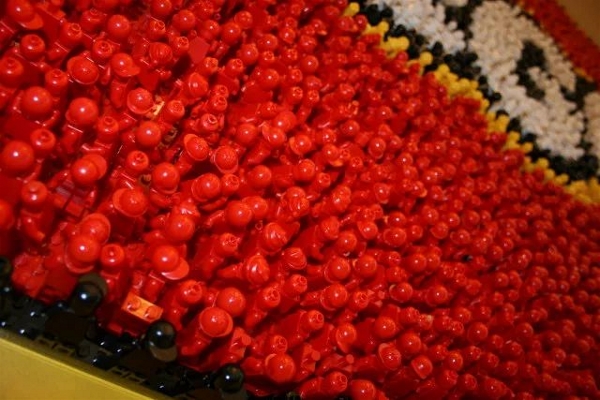
For the first 70 years of LEGO, traditional petrochemical plastics have been used to make building blocks. To change raw materials, huge changes have to be made in the process. For LEGO, a lot of investment is needed in research and development.
In fact, the building blocks of plant elements only make up a small fraction of Lego products. Lego said the company plans to use sustainable materials in a wider range of core products and packaging by 2030. Currently, the Danish headquarters company has invested 1 billion Danish kroner (about 165 million US dollars) in the Sustainable Materials Center to research and test sustainable materials to replace current product materials.
Prior to this, LEGO has made a lot of efforts to reduce carbon emissions, such as reducing the size of packaging, investing in wind power and so on. In 2013, it partnered with WWF to minimize its carbon footprint in manufacturing and supply chain processes.
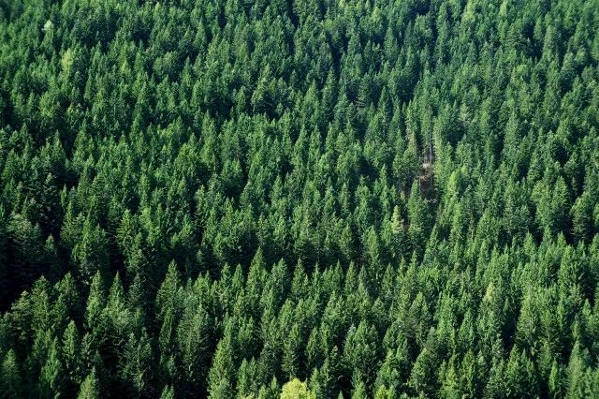
At present, LEGO's measures to reduce carbon dioxide emissions include investing in wind power and building blocks using renewable energy. In 2016, LEGO joined the Bioplastics Raw Materials Alliance BFA to ensure continued procurement of raw materials for the bioplastics industry.
Tim Brooks, LEGO's vice president of environmental responsibility, said in a statement, "This is the first step in our commitment to making all LEGO bricks from sustainable materials." As a member of the global organization RE100, which is committed to achieving 100% renewable energy production, LEGO's goal is to achieve zero waste in its operations.
03 New Plastic Economy
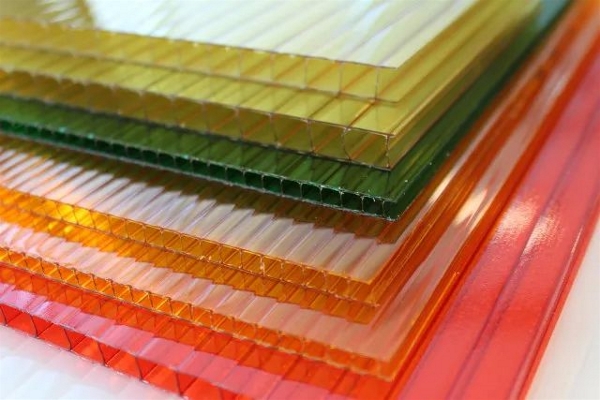
In 2015, according to the Worldwatch Institute report, about 4% of the world's oil is used to make plastics every year, and 4% to power the process of making plastics. The energy waste and pollution caused by plastics are not small. watch for. Currently, only 14% of global plastic packaging is recycled. Only 10% was eventually effectively recovered. The other 30% of plastic packaging (by weight) is designed for landfill, incineration or energy recovery.
According to the report of circulatenews, in the case of aluminum cans, before 1970, the pull ring on the aluminum can was separated from the bottle after it was opened, which made it difficult to recycle. Therefore, it was transformed into a design that is now connected to the bottle (plastic packaging also There is a similar design, for example: the tomato sauce bottle is also connected to the bottle cap). The research team of the new plastics economy believes that such an idea should be used more widely on plastics. After all, we should not refuse plastics thousands of miles away, but to avoid the loss of plastic in the recycling system.
Companies that are now committed to working together to create a more efficient global plastics system include: Amcor, the world's largest packaging company, Coca-Cola, beverage group Danone, Mars Food, Italian bioplastics Novamont, Unilever, and French water treatment company Veolia.
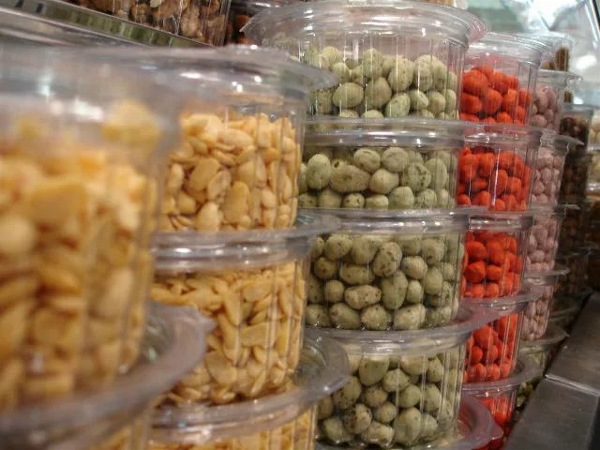
In addition to Coca-Cola, Marks & Spencer, Unilever began to focus on plastic packaging, as well as Wal-Mart, L'Oreal and other giant companies. At the 2017 World Economic Forum in Davos, these companies were supported by the British charity Ellen MacArthur Foundation.
As part of the mainstream project, the World Economic Forum, together with the Ellen MacArthur Foundation, worked with a steering committee of nine global CEOs to produce a report: “New Plastics Economy: Catalytic Actionsâ€, which highlighted the concept of a new plastics economy. The core of the new plastics economy is to think about new ways and emphasize the principle of circular economy. The simple understanding is that plastic will never be wasted.
At the moment, most plastic packaging is used only once; 95% of the value of plastic packaging materials is lost, about $80 billion to $120 billion annually.
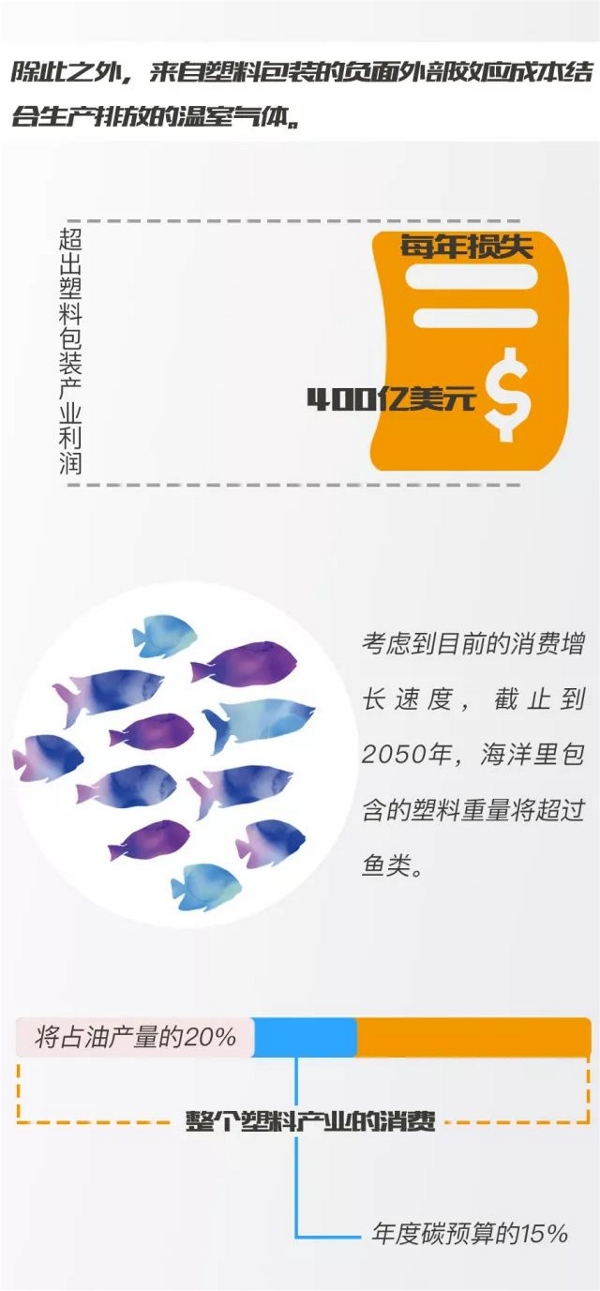
In fact, more than 20% of plastic packaging can be reused. After China issued a "ban on plastics" in 2008, the use of disposable plastic bags fell by 66%, equivalent to the use of 40 billion plastic bags.
When the value of plastics thrown away by humans amounts to hundreds of billions of dollars a year, a reasonable plastics economy can not only reduce pollution, but also generate revenue. The owner of the New Plastics Economic Initiative of the Alan MacArthur Foundation, Robert Opsso, defaults to the need to address the root causes of plastic pollution and to move toward recycling, leaving plastics in the economic system without entering surroundings.
At this time, Lego set a huge and complex challenge for itself, can its sustainable materials project bring rapid returns?
The Eye Shadow brush is a makeup tool used when applying powdered eye shadow to the eyelids.
Brushes with long handles, thin thickness, and short hairs can be used when applying powdered eye shadows, as well as powdered eyeliner and finishing on the upper and lower eyelids.
The order of soft fur is squirrel, goat, horse, nylon.
The eye shadow brush can fully blend the eyeliner with the eye shadow around the eyes and under the eyebrows to create a layered sense of color.
The amount of hair is moderate, which makes it easy to control the amount of powder makeup used. The long handle design has an excellent sense of stability, which can easily show delicate lines and allow the color to spread naturally. Can also be used to shape nose shadows.
The bristles are made of high-tech nylon material or animal hair. It has the elasticity and softness of natural materials, and is naturally bent and formed to achieve ideal powder content and ductility.
At the same time, the handle is long, easy to hold, and stable when applying details, making facial makeup smooth and natural, and adding beauty to beauty.
China Eyeshadow Brush Set,Eyeliner Brushes,Brushes With Synthetic Bristles,Soft Synthetic Eyeshadow Brushes Kit, we offered that you can trust. Welcome to do business with us.
Eye Shadow Brush Always Used As Eyeshadow Brush Set,Eyeliner Brushes,Brushes With Synthetic Bristles,Soft Synthetic Eyeshadow Brushes Kit etc.
Eyeshadow Brush Set,Eyeliner Brushes,Brushes With Synthetic Bristles,Soft Synthetic Eyeshadow Brushes Kit
Jilin Xiangqi Technology Co., Ltd , https://www.xqccosmetics.com